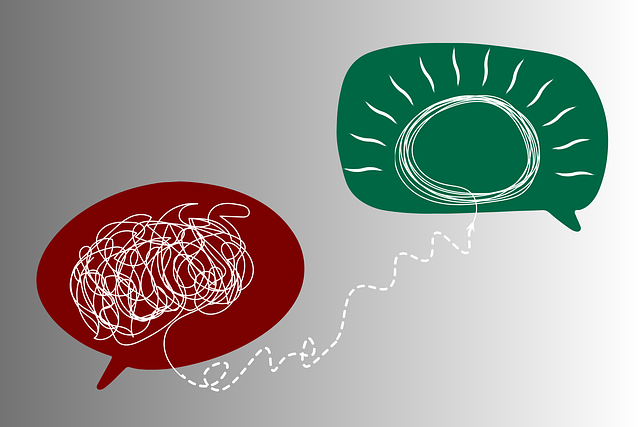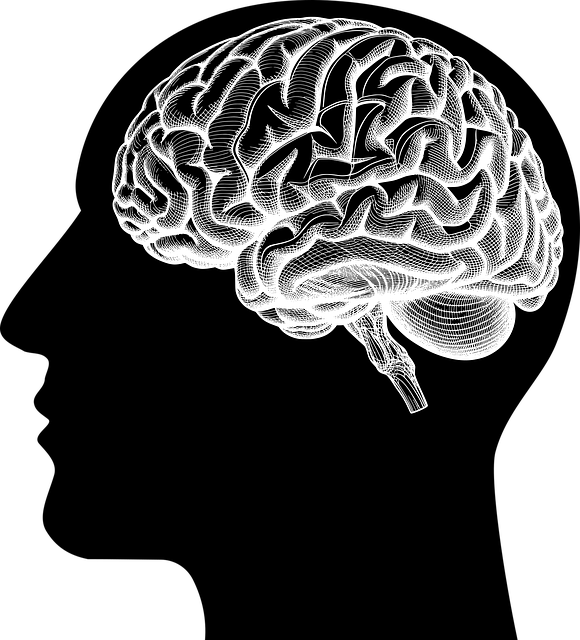Evaluating Wheat Ridge Cognitive Processing Therapy (WRCPT) involves a multi-faceted approach. Key metrics include participant satisfaction surveys, pre/post therapy assessments tracking symptoms like anxiety and depression using standardized tools, and examining the program's broader community impact through initiatives like Community Outreach. WRCPT focuses on building resilience to prevent healthcare provider burnout and enhance long-term sustainability. Combining quantitative (surveys, tests) and qualitative (interviews, focus groups) methods provides a comprehensive assessment of WRCPT Therapy's effectiveness in improving mental wellness, reducing symptoms, and fostering emotional regulation.
Mental wellness programs are increasingly integral to modern healthcare, yet evaluating their effectiveness remains a complex task. This article explores comprehensive evaluation methods for such programs, focusing on the Wheat Ridge Cognitive Processing Therapy (Wheat Ridge CBT) as a case study. We delve into assessing program impact through metric-driven success and outcome evaluations, balancing quantitative and qualitative approaches. Additionally, we discuss process evaluations, long-term sustainability assessments, and the vital role of client feedback in improving services, ensuring the efficacy and adaptability of Wheat Ridge CBT and similar therapeutic interventions.
- Assessing Program Impact: Metrics and Measures
- – Defining success and outcome evaluation
- – Quantitative vs qualitative measures: balance and complementarity
- – Common metrics for mental wellness programs: satisfaction, stigma reduction, symptom improvement
Assessing Program Impact: Metrics and Measures

Evaluating the impact of mental wellness programs is crucial to understanding their effectiveness and making informed improvements. When assessing the success of a program like Wheat Ridge Cognitive Processing Therapy (WRCPT), several key metrics and measures come into play. These include participant satisfaction surveys, which gauge how well the program met individual needs and expectations. Additionally, measuring changes in symptoms before and after therapy can provide concrete evidence of its benefits; this could involve tracking anxiety levels, depression scores, or stress management skills using standardized assessment tools.
Beyond individual outcomes, evaluating the broader impact on communities is essential. A Community Outreach Program Implementation approach allows for the examination of how the initiative has influenced local mental health resources and accessibility. Moreover, focusing on resilience-building aspects within these programs can contribute to Burnout Prevention Strategies for Healthcare Providers, ensuring long-term sustainability and positive effects on both practitioners and patients.
– Defining success and outcome evaluation

Defining success and outcome evaluation is a critical aspect of any mental wellness program, including Wheat Ridge Cognitive Processing Therapy (WRCPT). The primary goal is to measure the effectiveness of the therapy in improving individuals’ mental health and well-being. Success can be defined as significant reductions in symptoms of anxiety, depression, or stress, enhanced coping skills, and improved overall quality of life. Outcome evaluation focuses on understanding whether the program achieved its intended objectives and how these changes impact participants’ daily lives.
WRCPT, for instance, aims to help individuals develop effective coping strategies and modify maladaptive thought patterns. Evaluating success involves assessing progress through regular therapy sessions, self-reported surveys, and structured interviews. By comparing pre-and post-therapy assessments, mental health professionals can gauge the program’s effectiveness in fostering mental wellness. Moreover, measuring burnout prevention strategies for healthcare providers involved in WRCPT is essential, as it ensures the sustainability and quality of care provided to patients within the program.
– Quantitative vs qualitative measures: balance and complementarity

When evaluating mental wellness programs like Wheat Ridge Cognitive Processing Therapy (WP CPT), a balance between quantitative and qualitative measures is essential for a comprehensive assessment. Quantitative methods, such as surveys and standardized tests, provide measurable data on symptoms, behaviors, and overall mental health status. These objective metrics offer a clear picture of changes over time, allowing researchers and therapists to track progress and make data-driven decisions. For instance, assessing emotional regulation through structured questionnaires can quantitatively measure improvements in mood stability and stress management.
Qualitative methods, including interviews, focus groups, and observations, offer deeper insights into participants’ subjective experiences, perceptions, and personal growth. They facilitate a better understanding of the mechanisms behind behavioral changes, allowing for more nuanced interpretations. Qualitative data enriches quantitative findings by providing context, explaining deviations, and uncovering unique individual responses to therapy, such as Wheat Ridge Cognitive Processing Therapy. This dual approach not only ensures a holistic evaluation but also supports the development of effective mental wellness coaching programs that focus on emotional regulation and inner strength development.
– Common metrics for mental wellness programs: satisfaction, stigma reduction, symptom improvement

Mental wellness programs often employ various evaluation methods to assess their effectiveness and impact on participants’ lives. Common metrics include satisfaction levels, which gauge how well the program met individual needs and expectations. Stigma reduction is another significant indicator; measuring changes in attitudes towards mental health issues can reveal the program’s success in fostering understanding and compassion. Moreover, evaluating symptom improvement is crucial. This involves tracking reductions in anxiety, depression, or other common mental health concerns using standardized tools like the Beck Depression Inventory or the Global Severity Index.
For instance, Wheat Ridge Cognitive Processing Therapy (WRCPT) may focus on these metrics to demonstrate its efficacy. By assessing satisfaction with therapy sessions, stigma reduction through participant feedback, and symptom improvement via clinical assessments, WRCPT can provide valuable insights into its impact on mental wellness. These evaluations not only help refine the program but also contribute to the broader understanding of effective burnout prevention strategies, including those tailored for healthcare providers, ultimately supporting improved mood management.
Evaluating the impact of mental wellness programs, such as Wheat Ridge Cognitive Processing Therapy, requires a multifaceted approach. By combining both quantitative and qualitative methods, we can gain a comprehensive understanding of program success. Defining success through clear outcomes and utilizing metrics like satisfaction, stigma reduction, and symptom improvement ensures a well-rounded assessment. This balanced evaluation allows for the identification of what works best and informs future improvements, ultimately enhancing the overall effectiveness of mental health initiatives.














